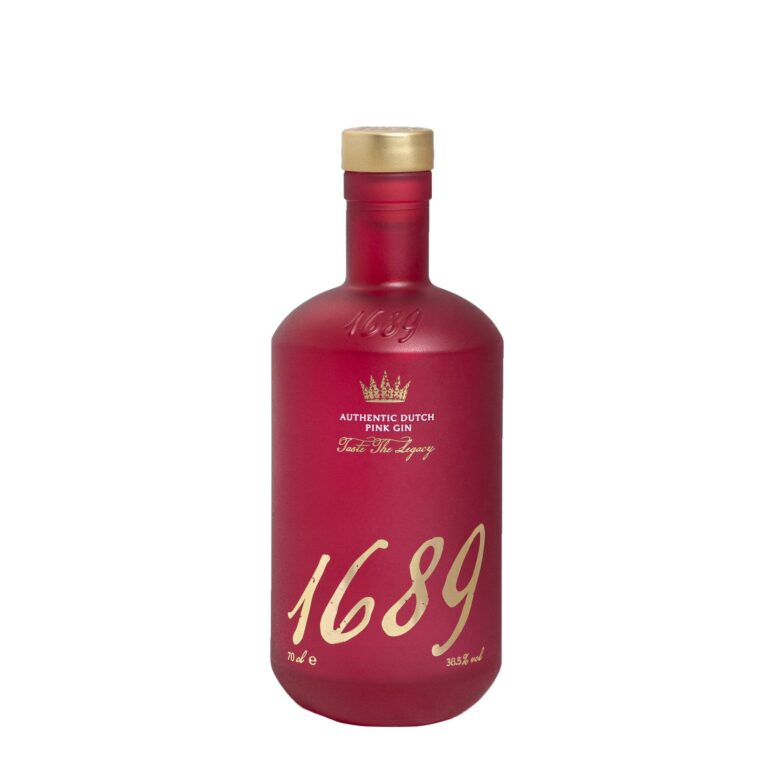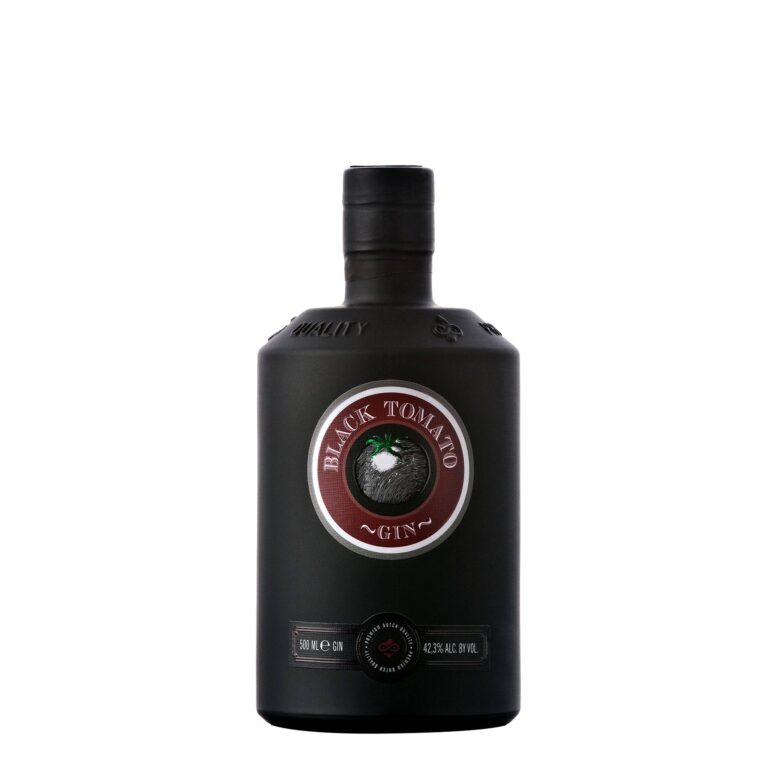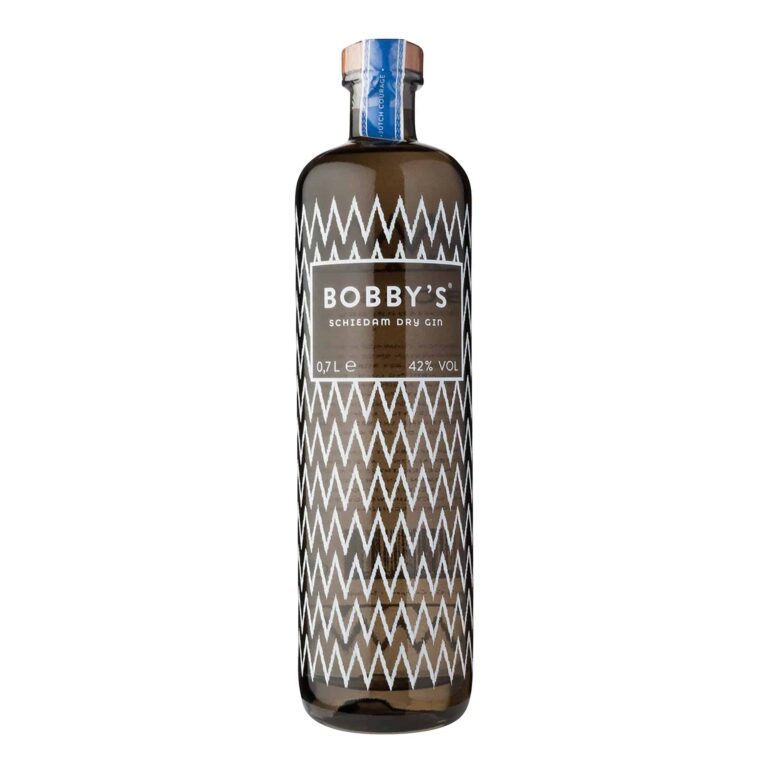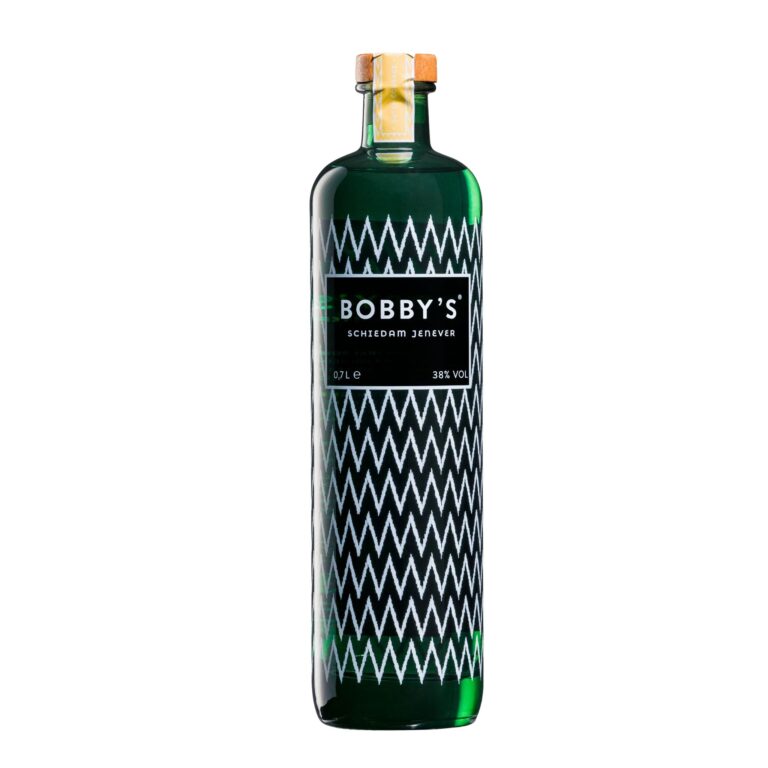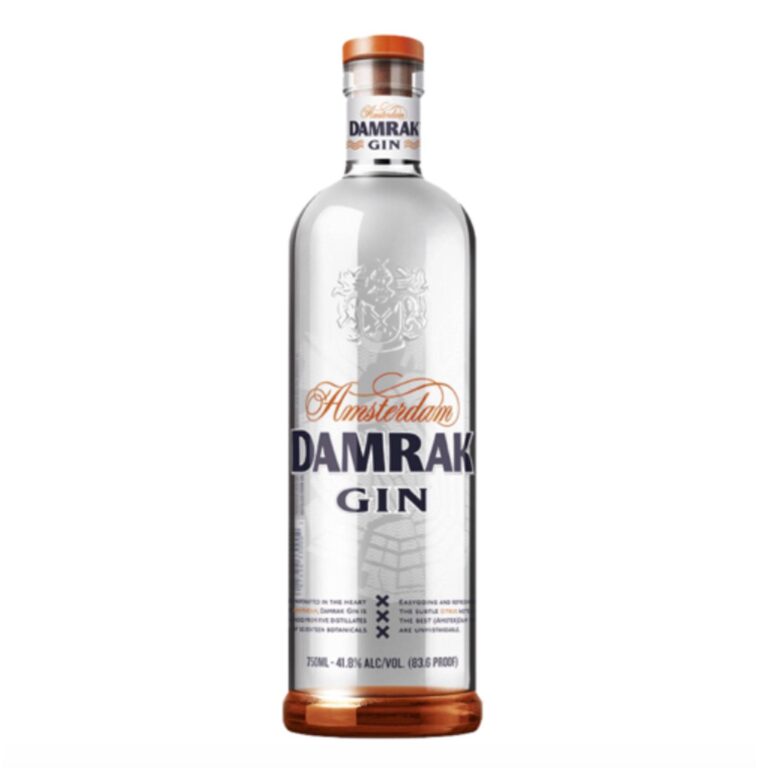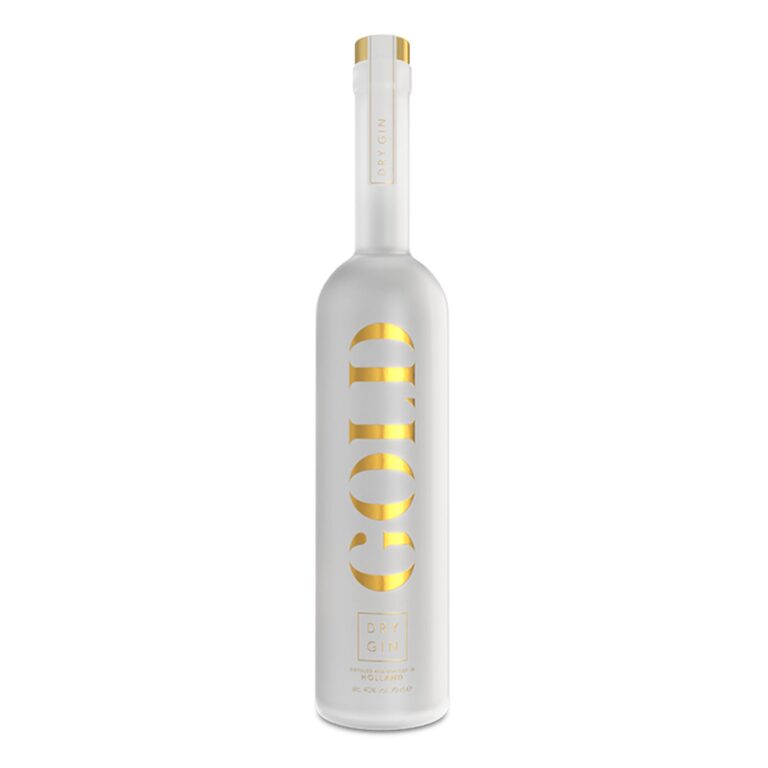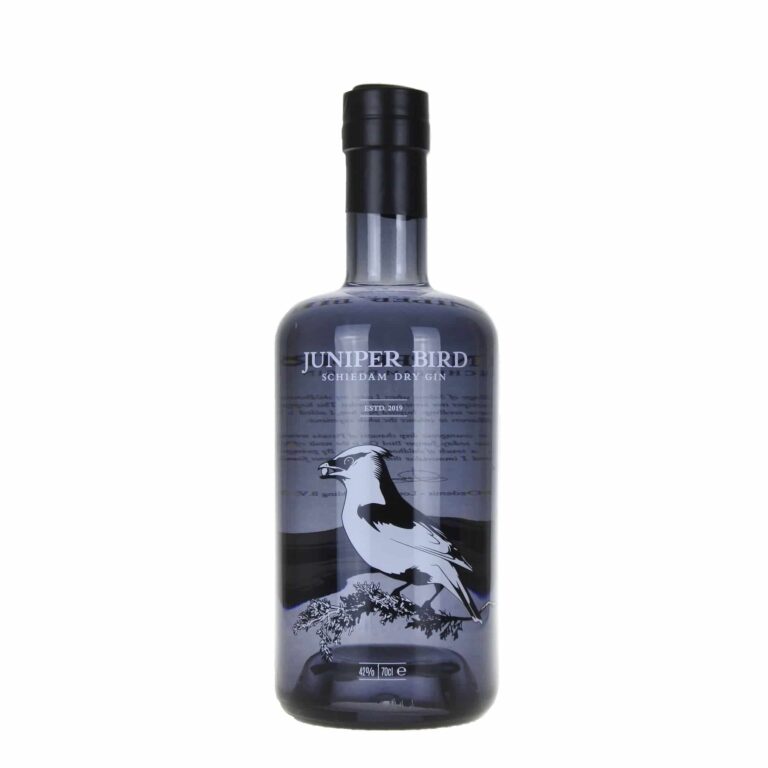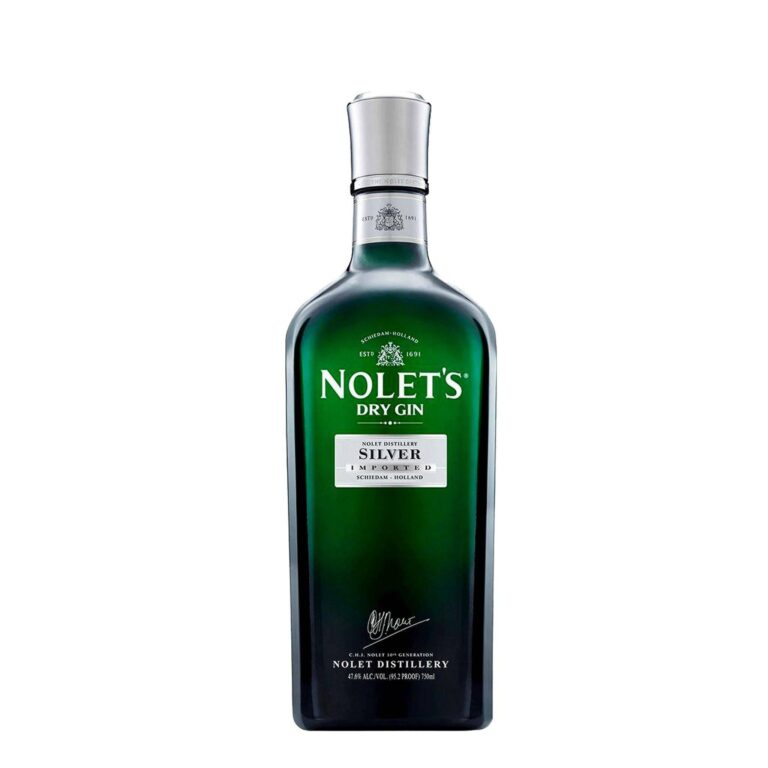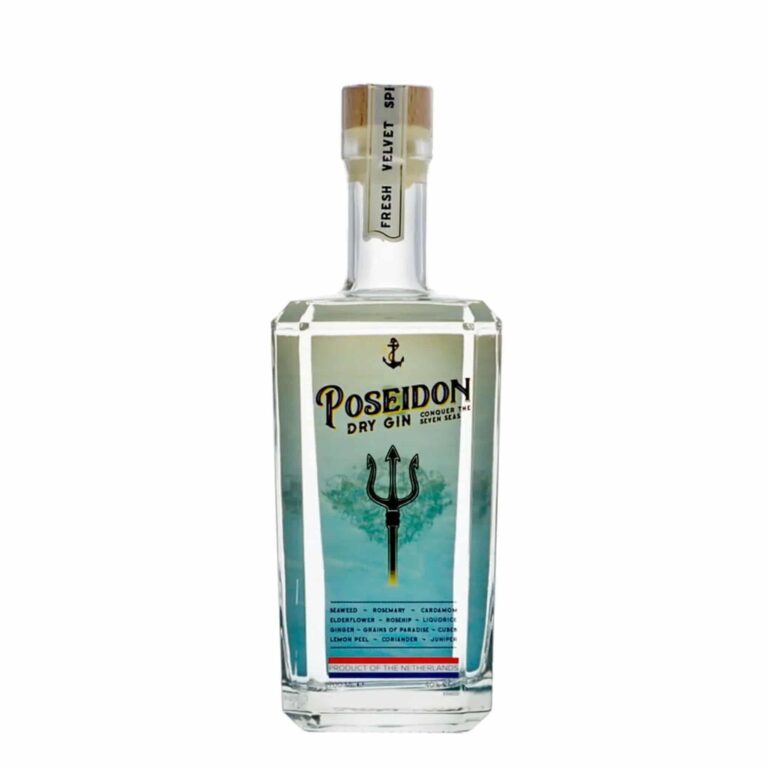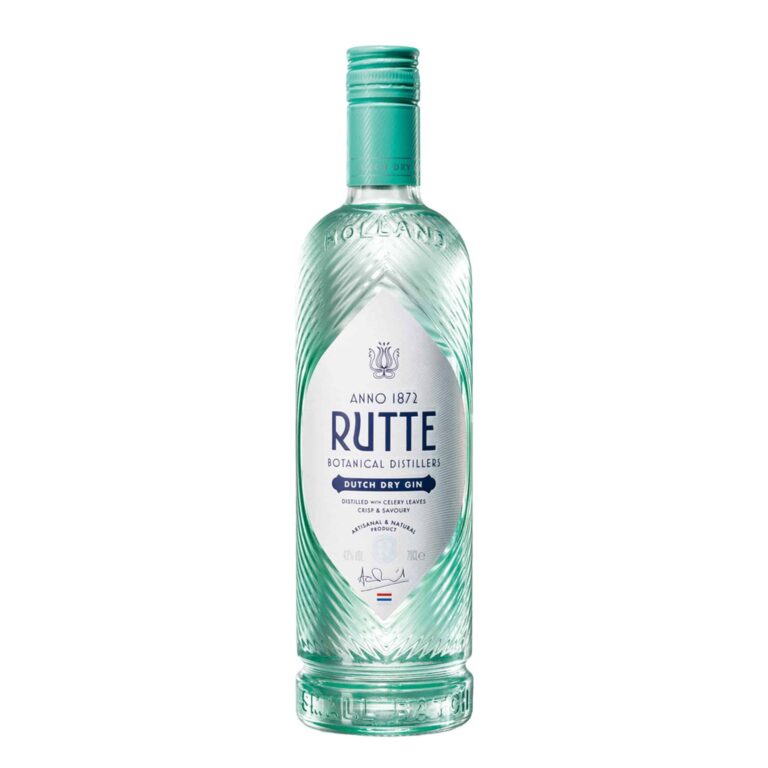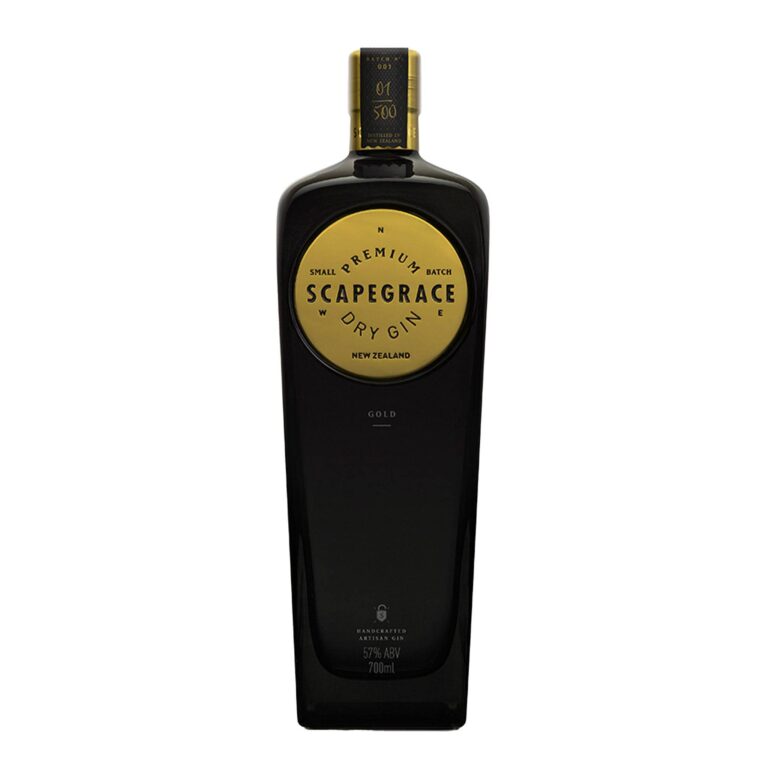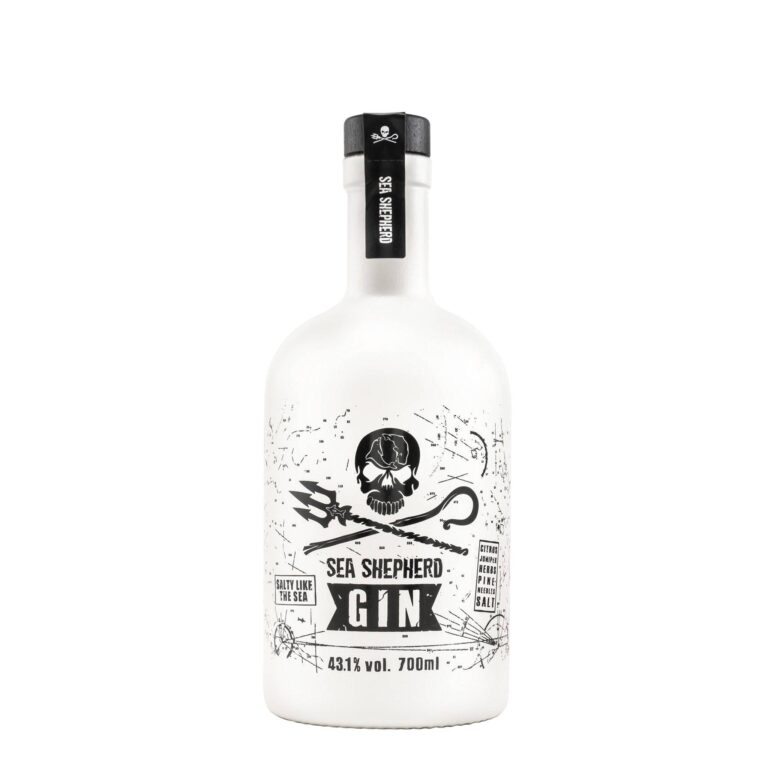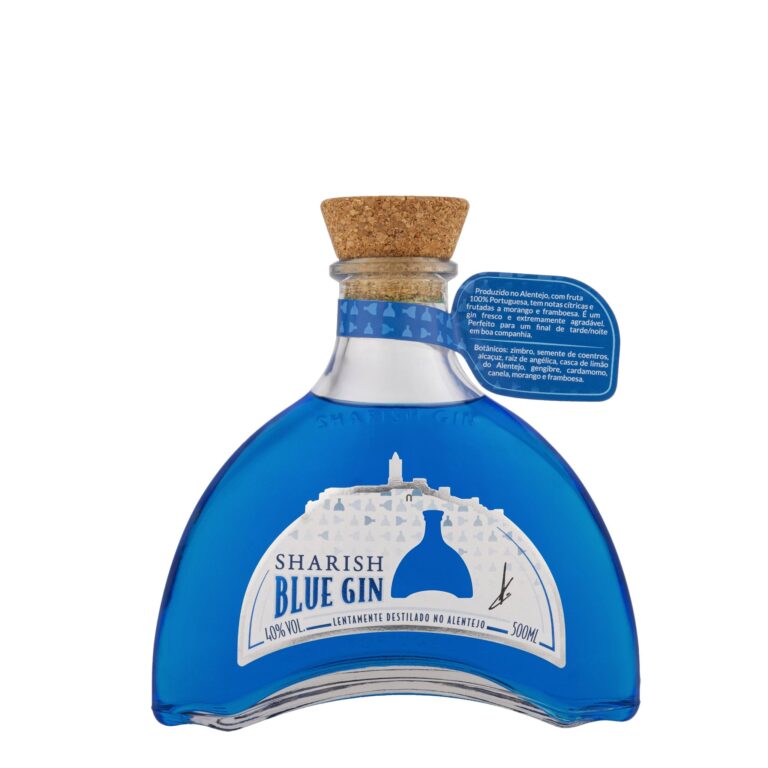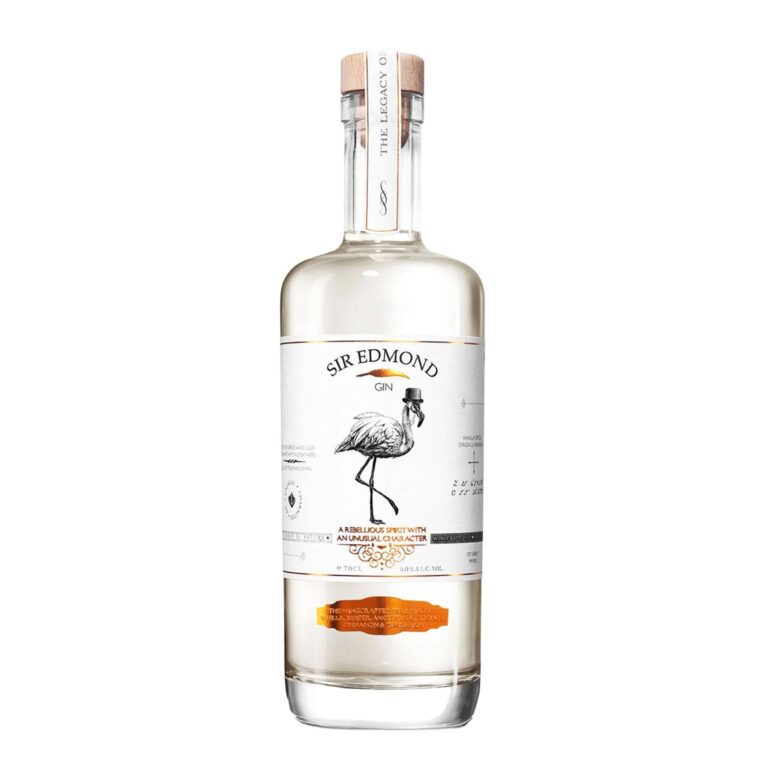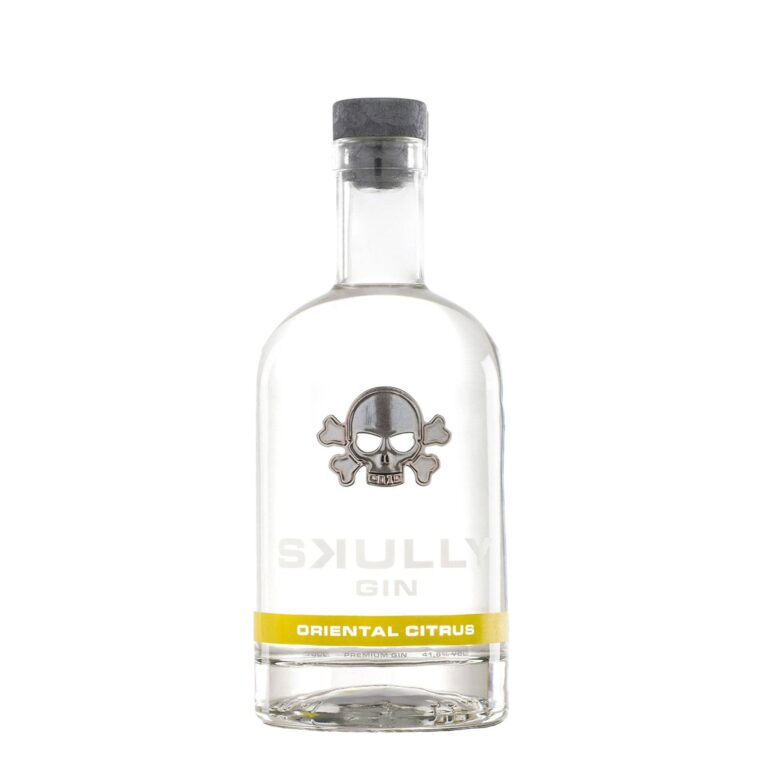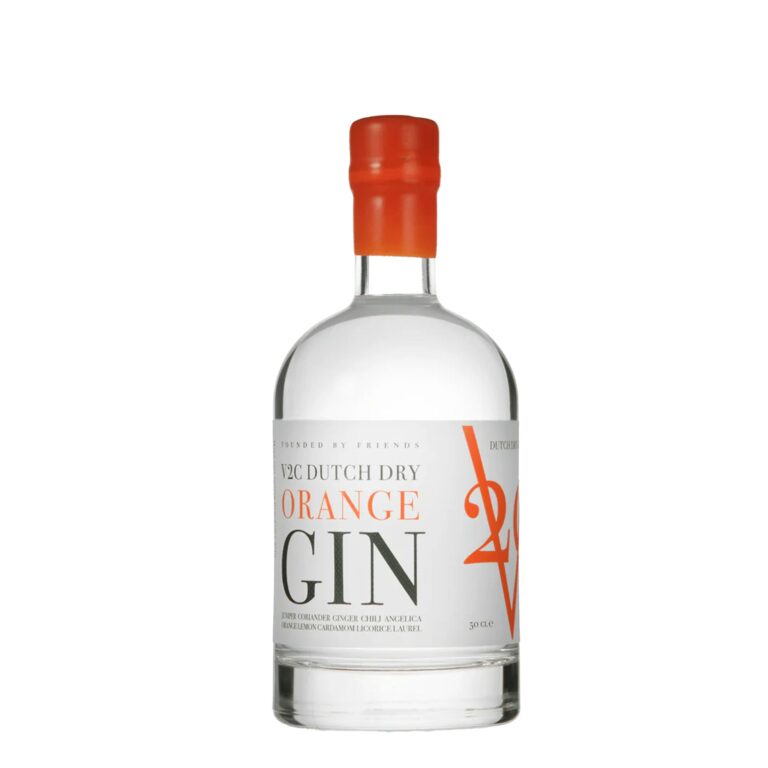European Dutch Gin
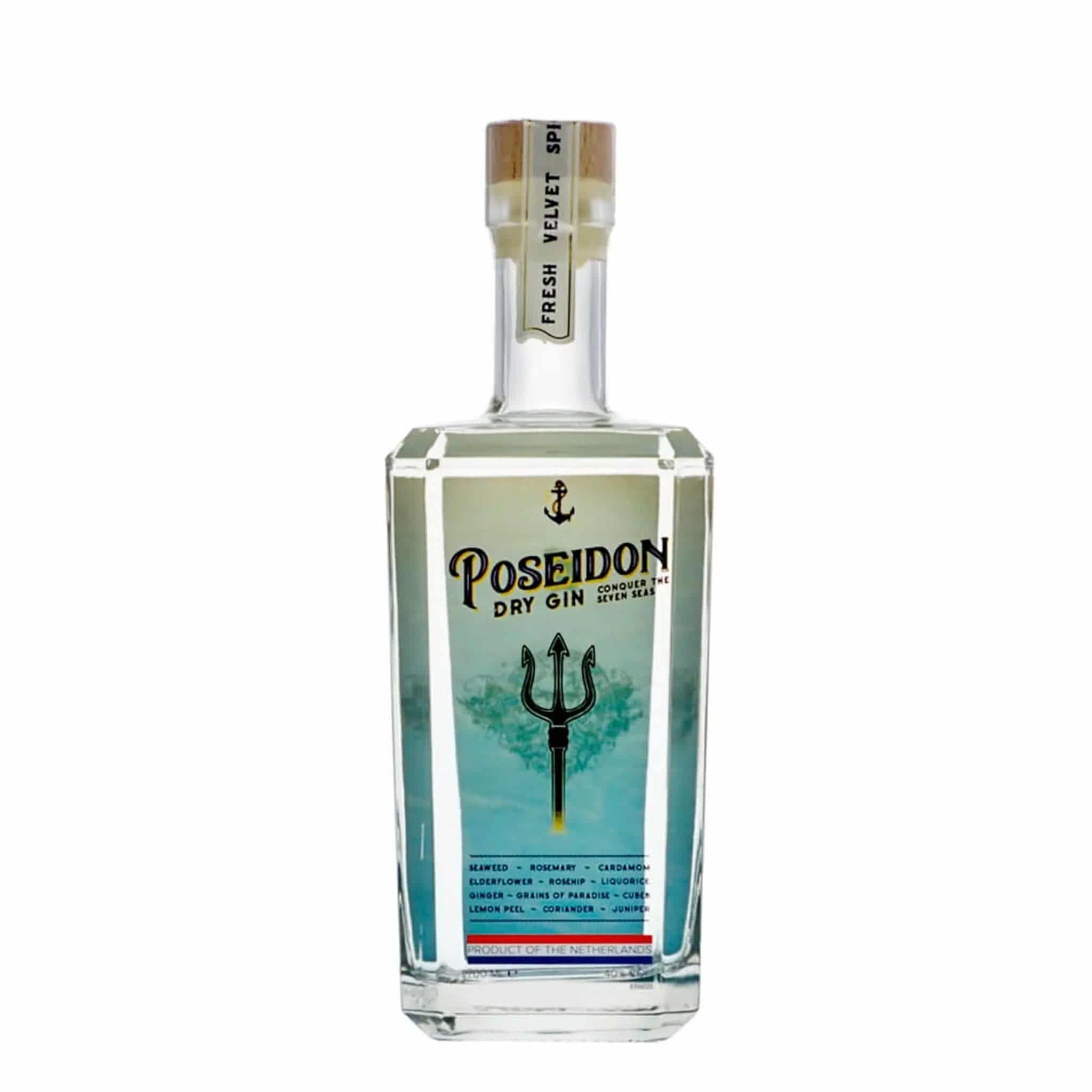
A Brief History: From Dutch Apothecaries to British Gin Craze
The tale of Dutch gin begins in the 16th century, when distilling was as much concerned with medicine as it was with satisfaction. Apothecaries in the Low Countries (modern Netherlands and Belgium) developed herbal tonics utilizing juniper berries for their meant recovery buildings.
These juniper spirits rapidly obtained appeal– particularly amongst soldiers, who consumed it prior to fight for courage (for this reason, the term “Dutch nerve”).
When British soldiers came across jenever during the Thirty Years’ War, they brought the taste home. British distillers attempted to recreate it, at some point generating London Dry Gin– a cleaner, lighter, and extra juniper-forward style.
Paradoxically, while gin went worldwide, Dutch jenever continued to be a happy national tradition, passed down through tiny household distilleries and cherished as a sipping spirit.
Why Dutch Gin Is Gaining Popularity in the UK
In recent times, gin enthusiasts in the UK have actually become more daring. After years of trying out flavored gins, craft mixtures, and premium mixers, lots of drinkers are turning back to the source– exploring where gin began.
This rediscovery has made European Dutch gin appealing for several reasons:
Authenticity: It’s the original kind of gin, deeply rooted in European distilling heritage.
Flavor intricacy: The malt base gives jenever a warmth and depth missing from many contemporary gins.
Versatility: It can be drunk neat, blended in cocktails, or even appreciated like whisky.
Craftsmanship: Many Dutch distilleries still utilize traditional copper stills and small-batch manufacturing methods.
For UK purchasers looking for something much less mainstream and more meaningful, Dutch gin offers that sense of connection to tradition and taste.
The Flavor Profile: What Does Dutch Gin Taste Like?
Think of the earthy maltiness of whisky, contrasted with the organic illumination of gin– that’s the magic of Dutch gin. The taste can vary depending upon the brand and style, however, you’ll typically discover:
Juniper and spice– A mild, rounded juniper note, balanced with tips of coriander, anise, or citrus.
Malt sweetness: The malt wine base provides a soft, cereal-like sweetness with a creamy structure.
Refined timber tones– Aged selections (usually matured in oak barrels) create vanilla, sugar, or smoky undertones.
Oude genever, specifically, provides a comforting depth that makes it excellent for slow drinking on cool nights– while jonge genever beams in cocktails where you want a cleaner, slightly flower gin note.
Just How to Drink and Serve Dutch Gin
While Dutch locals often enjoy jenever neat and cooled, there are lots of ways to experience it. Right here are some traditional and contemporary techniques:
The Kopstootje (Little Headbutt)– A Dutch classic: a tiny tulip glass of cooled jenever offered together with a beer. You drink the gin, and after that, chase it with a gulp of beer– a surprisingly unified mix.
Neat or on the rocks– Oude genever in particular is wonderful as a sipping spirit. Serve it a little cooled in a whisky glass.
In cocktails– Try substituting Dutch gin for routine gin in cocktails like a Negroni, Tom Collins, and even a Martini for a maltier twist.
Pro tip: If you’re purchasing your first container, start with a younger, lighter genever– it’s even more friendly and works perfectly in acquainted gin cocktails.
Pairing Dutch Gin with Food
Among the great pleasures of Dutch gin is how well it pairs with food. Its balance of malt sweetness and organic spice enhances both savory and sweet meals.
Right here are a couple of pairing concepts to try:
Seafood platters: Jonge genever’s clarity sets wonderfully with oysters, smoked salmon, or mussels.
Cheese boards: Oude genever’s warmth improves aged cheeses like Gouda or blue cheese.
Desserts: Aged genever with sugar or chocolate desserts includes an innovative spin.
Bar treats: Dutch-style pickled herring or cured meats with neat jenever produce a traditional yet adventurous combo.
If you take pleasure in whisky-and-cheese evenings, exchanging in genever will stun and thrill visitors– it uses the same depth but with an agricultural side.
Dutch Gin in Cocktails: Classic Meets Contemporary
While jenever beams by itself, it’s likewise incredibly functional behind a bench. Right here are a couple of traditional and modern cocktail concepts that highlight its character:
The Holland House
50ml Bols Genever
25ml Dry Vermouth
10ml Lemon Juice
Dash of Maraschino Liqueur
Shake with ice and strain– crisp, aromatic, and ageless.
Dutch Negroni
30ml Oude Genever
30ml Sweet Vermouth
30ml Campari
Mix with ice and garnish with an orange peel.
The Kopstootje (Beer + Genever Combo).
Cool a tulip glass of jenever and serve it with a chilly pilsner.
Sip the gin first, after that follow with a sip of beer– a ritual precious in Amsterdam pubs.
The Genever Mule.
50ml Jonge Genever.
20ml Lime Juice.
Top with ginger beer and garnish with mint.
These cocktails let you experience Dutch gin’s depth in both traditional and revitalizing ways.
Why European Dutch Gin Deserves a Place in your house Bar.
In today’s congested spirits market, authenticity stands out. Dutch gin supplies that uncommon mix of heritage, craftsmanship, and flexibility, making it a clever option for enthusiasts who appreciate both flavor and background.
Right here’s why it’s worth adding to your rack:.
A story in every glass: You’re not simply consuming a spirit; you’re sipping an item of European distilling history that precedes gin itself.
Perfect balance of familiarity and uniqueness: It feels recognizable (thanks to the juniper), yet supplies a rich maltiness that modern gins can’t reproduce.
Adaptability throughout occasions– Mix it, sip it, or pair it with food– it adapts beautifully.
Remarkable value: Many premium genevers cost less than aged whiskies or high-end gins, yet provide equally complicated flavors.
In other words, European Dutch gin is a conversation starter, an exploration beverage, and a delicious nod to tradition– done in one container.
Frequently Asked Questions (FAQs).
1. What is the distinction between genever and gin?
Genever (Dutch gin) is the original kind of gin, made with a malt wine base and juniper berries. Modern gin (like London Dry) makes use of a neutral spirit and is lighter in flavor.
2. Can I mix Dutch gin with tonic water?
Yes– yet remember that the maltiness may alter the balance. Try it with a dry or light tonic, or change it up with soda water or ginger beer for a much more natural pairing.
3. Is Dutch gin suitable for whisky enthusiasts?
Definitely, Oude or aged genevers, such as those from Bols or Filliers, have whisky-like depth and intricacy while keeping gin’s herb appeal.
4. Just how should Dutch gin be stored?
Keep it secured, upright, and away from direct sunlight– similar to other spirits. As soon as opened up, it’ll remain fresh for months, though flavors may smooth slightly with time.
5. Where can I purchase genuine Dutch gin in the UK?
You can purchase it online from trusted retailers such as Master of Malt, The Whisky Exchange, and DrinkSupermarket. Some high-end liquor stores in London and Manchester likewise stock choose containers.
A Final Word: Rediscovering the Roots of Gin.
Each time, when the UK gin market is overflowing with pink, flavored, and novelty ranges, European Dutch gin supplies something classic– a return to the beginnings of what gin was implied to be: bold, fragrant, and magnificently crafted.
It’s not concerning going after fads but valuing craftsmanship and heritage. From the very first sip, you’ll notice why jenever has actually sustained for centuries– and why it’s now locating brand-new fans among thoughtful enthusiasts across the UK.
Whether you’re getting your very first container or broadening your collection, a reliable Dutch gin brings depth, authenticity, and a touch of European history to your glass.
So next time you’re browsing your favorite online bottle shop or checking out a gin bar, avoid the predictable options and reach for a taste of Europe’s finest tradition.
Elevate your glass to European Dutch gin– the original spirit of exploration.

